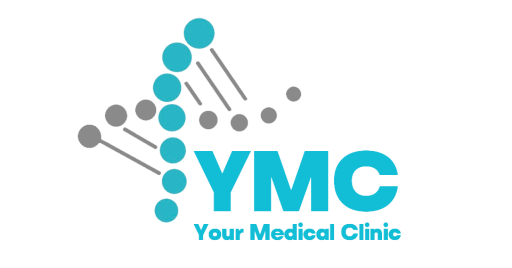Gastroscopy
Gastroscopy: What You Need to Know
Gastroscopy is a procedure in which a specialist looks inside the upper digestive tract. In this procedure, the esophagus, stomach, and duodenum (small intestine) are examined using an instrument called a gastroscope.
What is Gastroscopy?
The gastroscope is a thin, flexible instrument, thinner than your little finger. It passes through the mouth, through the esophagus, into the stomach, and reaches the beginning of the duodenum. It has a camera and a light at the end. In addition, an internal channel allows the passage of auxiliary instruments for the examination, such as thin forceps or loops for the removal of foreign bodies.
When is it necessary to undergo a gastroscopy?
Gastroscopy may be necessary in the following cases:
- Reflux of gastric juices into the esophagus
- Burning behind the sternum
- Pain in the upper abdomen
- Frequent vomiting
- Difficulty swallowing
These symptoms may indicate:
- Gastroesophageal reflux (GERD)
- Esophagitis
- Duodenal or gastric ulcer
- Duodenitis (inflammation of the duodenum)
- Gastritis (inflammation of the stomach)
- Stomach or esophageal cancer
How is a Gastroscopy Performed?
The gastroscopy procedure usually takes about 15 minutes, including preparation and sedation time. It is not painful, but may cause slight discomfort as the stomach is inflated with air for a clearer view.
What Instructions Should I Follow Before the Procedure?
- The stomach must be empty, so the patient should not eat for at least 8 hours before the examination.
- Sedation (calming) may be necessary, so it is recommended that you bring someone with you.
- It is recommended to stop taking certain medications, such as anticoagulants, 1-2 days before the procedure.
How is Gastroscopy Tolerated?
- Many patients have misinformation and perceive it as a difficult procedure that causes anxiety.
- In reality, it is the opposite: it is a simple, painless and safe procedure.
- It is one of the most important tests to establish a correct diagnosis and guide treatment.
- After the examination, the patient can leave the clinic and go home within 30–60 minutes.
- If sedation has been administered, you may need to stay in the clinic longer.
- After exiting, you should not drive for 2 hours, operate machinery for 2 hours, or consume alcohol for 24 hours. It is important to be accompanied.
Should Gastroscopy Be Repeated?
After treatment, a follow-up visit is usually recommended to reassess the condition.
Together for a healthy future!
Book your consultation with a specialist doctor now!
Your Medical Clinic staff provides all patients with specialized medical service at the highest standards.

